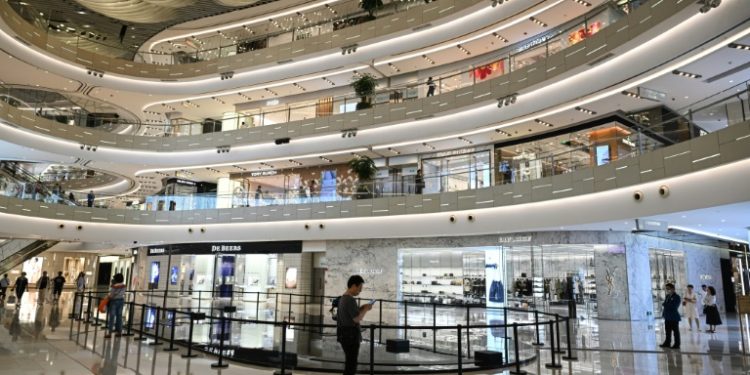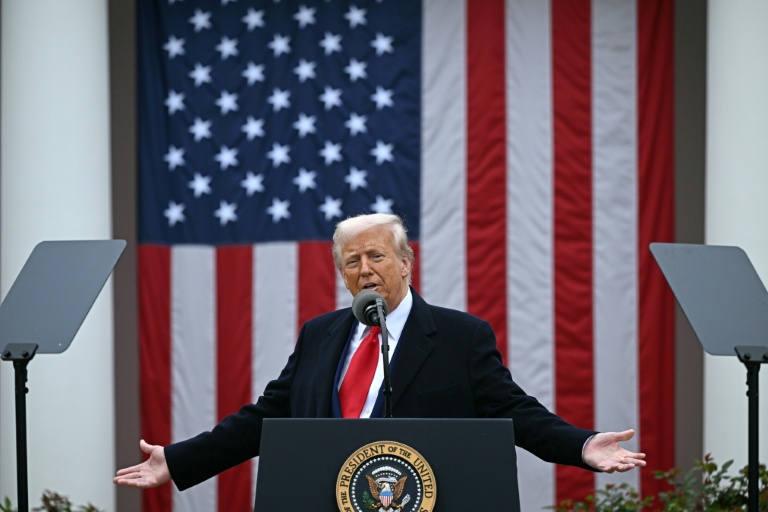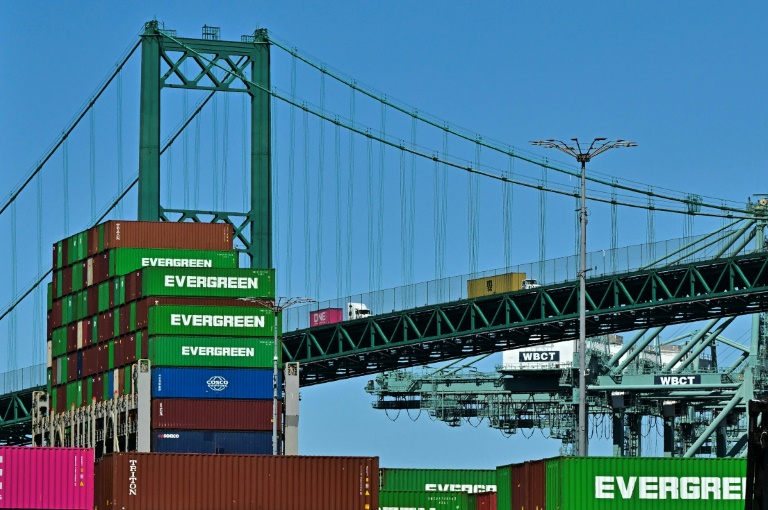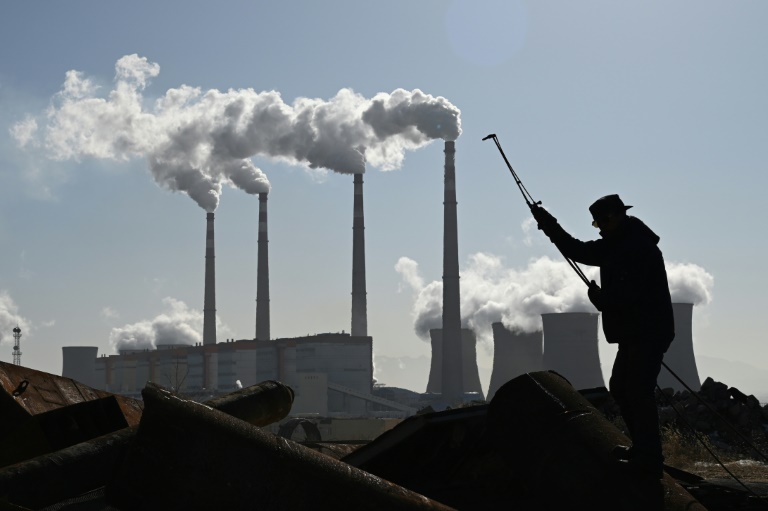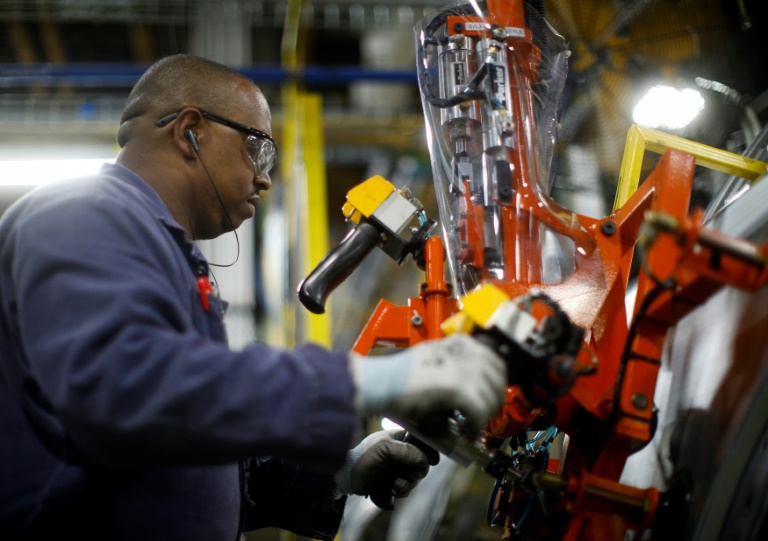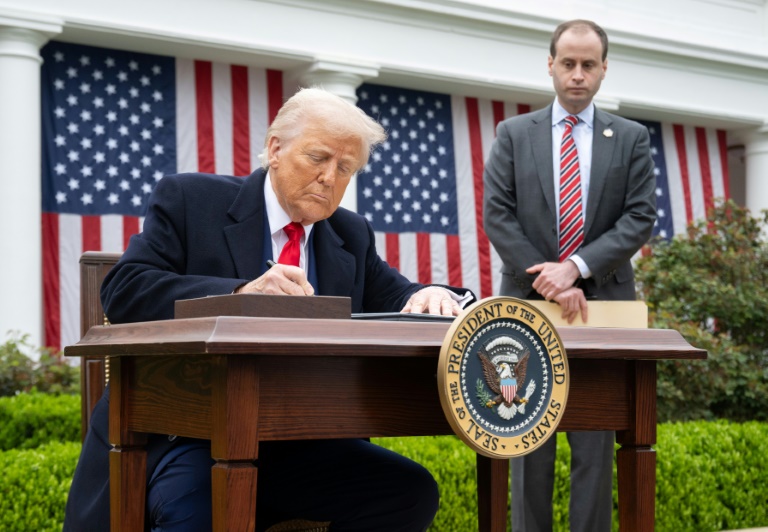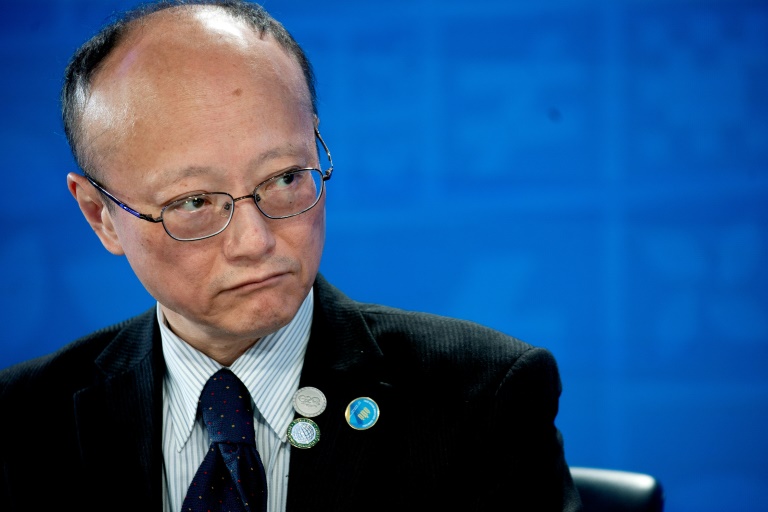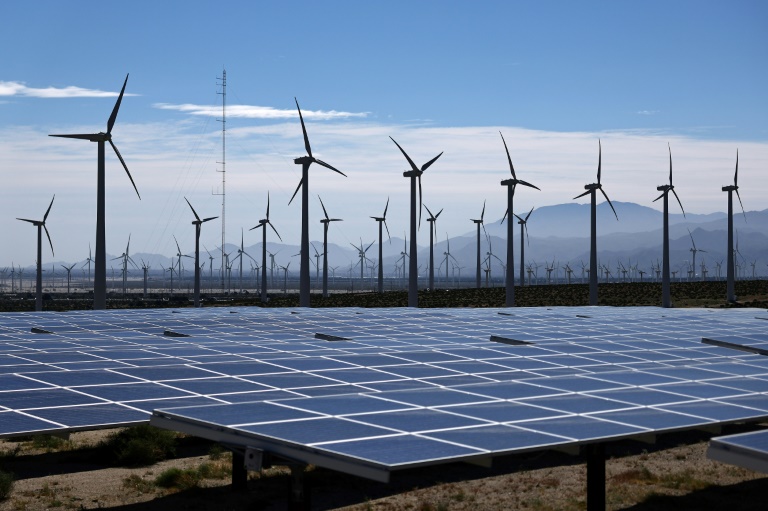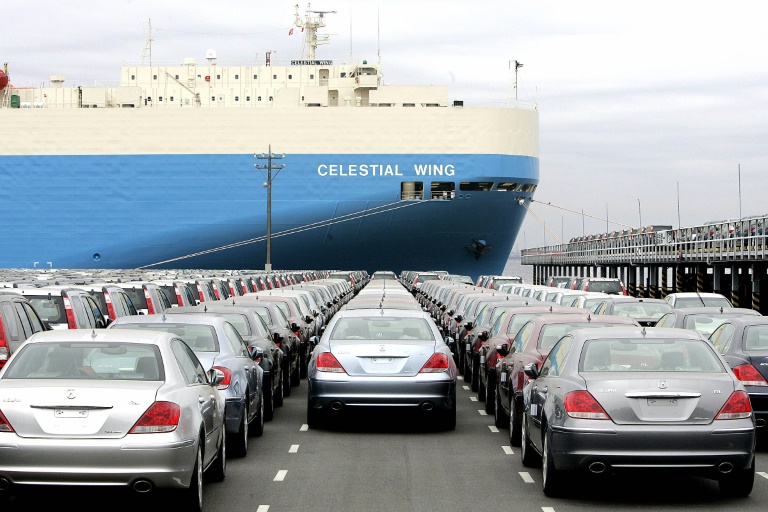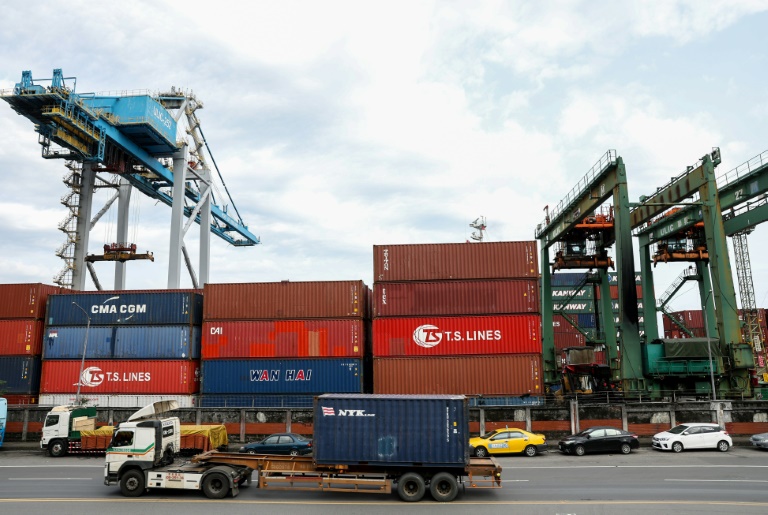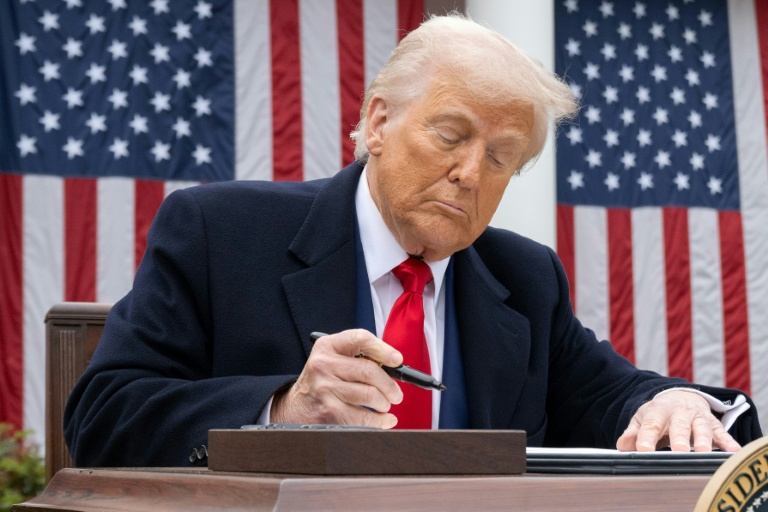Beijing (AFP) – A key political meeting that is watched for signals on China’s economic direction will be held in mid-July, state media said Thursday, as policymakers seek to shore up a stuttering recovery.
A full rebound in the world’s number two economy has yet to kick in more than 18 months after crippling Covid-19 restrictions ended, sending ripples of unease through leaders and citizens.
The Third Plenum, originally expected last autumn, is highly anticipated in the hope it will resolve uncertainty and reveal details of Beijing’s future strategy. State news agency Xinhua said the meeting, to be held from July 15-18, would “primarily examine issues related to further comprehensively deepening reform and advancing Chinese modernisation”.
Authorities have been clear they want to re-orient the economy away from state-funded investment and instead base growth around high-tech innovation and domestic consumption.
However, economic uncertainty is fuelling a vicious cycle that has kept consumption stubbornly low. President Xi Jinping’s government has so far resisted any big stimulus and the head of China’s central bank warned last week it was not on the cards.
The economy still faced many challenges, the bank’s chief said, but authorities would exercise moderation.
– Eyeing reforms –
Xinhua said the government meeting at which the Third Plenum’s dates were set had emphasised the need to ensure that reform “relies on the people and the fruits of reform are shared by the people”.
Among the most urgent issues facing China’s economy is a persistent crisis in the property sector, which long served as a key engine for national growth but is now mired in debt with several top firms facing liquidation.
Authorities have moved in recent months to ease pressure on developers and restore confidence, such as by encouraging local governments to buy up unsold homes.
The Third Plenum could see the introduction of policies such as “a more coordinated housing destocking programme to contain the negative property spillovers”, according to UBS Global Wealth Management’s Yifan Hu.
Other moves may include “fiscal/tax reforms to contain local government debt risks, and further support for emerging industries”, Hu wrote in a report.
There have been some positive economic signs recently, with the International Monetary Fund revising upwards its 2024 economic growth forecast to five percent last month in line with Beijing’s official target.
But significant hurdles remain and geopolitical tensions are also mounting.
– Trade tensions –
Beijing hit back Thursday after Canadian officials suggested they might become the latest Western country to impose additional tariffs on Chinese electric cars and batteries. “Canada should respect facts, abide by WTO rules, and create a fair, non-discriminatory and predictable market environment for the common development of the China-Canadian electric vehicle industry,” said spokesperson He Yadong of the commerce ministry, according to a transcript on its website.
The European Union is preparing to impose new tariffs of up to 38 percent on Chinese EVs by July 4, which Beijing has condemned as “purely protectionist”.
The EU maintains that heavy state subsidies in China have led to unfair competition in local markets, a claim denied by Beijing.
The United States hiked tariffs on $18 billion worth of imports from China last month, targeting strategic sectors such as electric vehicles, batteries, steel and critical minerals, a move Beijing warned would “severely affect” relations between the two superpowers.
Chinese Premier Li Qiang called on countries to “oppose decoupling” at a World Economic Forum conference this week.
However, analysts say China will ultimately need to reduce its reliance on international markets to ensure a full rebound.
“For China to continue its progress, it needs to boost its technological and innovation capabilities and overcome the restrictions imposed by Western countries,” Andrew Batson and Wei He of Gavekal Dragonomics wrote this week.
“This requires the government to no longer simply pursue short-term growth, but to direct the allocation of resources to achieve the policy goals of industrial upgrading and technological innovation.”
© 2024 AFP

